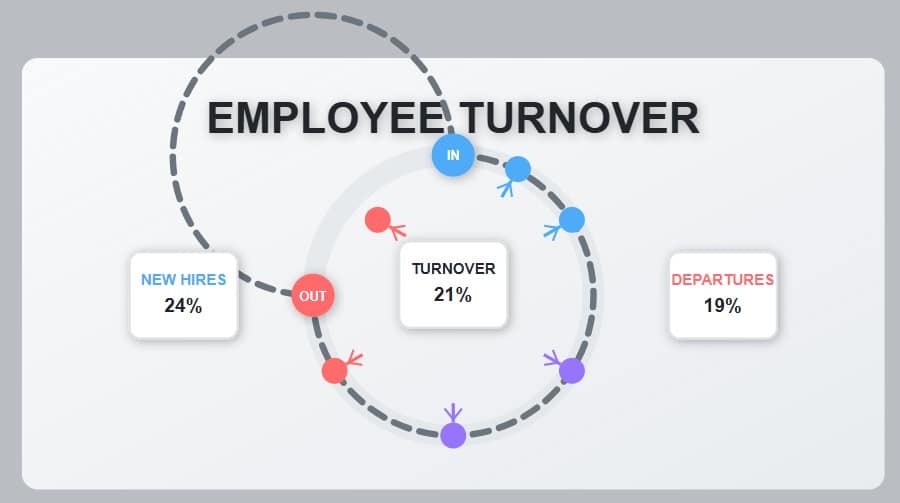Employee Experience
Employee Engagement Trends to Watch in 2025
The world of work is continuously evolving, and employee engagement is no exception. In this fast-paced corporate world, it is…
2025 Employee Satisfaction Strategies for Better Workplaces
Creating a workplace where employees truly want to be isn’t just nice to have anymore, it’s essential for business success…
Why Resilience in the Workplace Matters More Than Ever?
Resilience in the workplace isn’t just a buzzword. It’s a necessity. Especially in today’s fast-paced work environment, employees are constantly…
Talent Development: What It Is and Why It’s Important
In today’s fast-paced business environment, organizations are constantly seeking ways to improve their workforce. One of the most effective strategies…
Employee Turnover Trends and Strategies to Minimize It
For years, personnel management and talent acquisition professionals have warned businesses of the toll employee turnover takes on organizations. With…
What is Workforce Management? Future Trends You Need to Know
In today’s fast-paced business environment, effective workforce management is more crucial than ever. But what exactly is workforce management? At…
Understanding the Stages of Team Development
As a new team leader, understanding the stages of team development is essential to successfully guiding your team through its…
Key Strategies to Improve Teamwork in the Workplace
Discover essential strategies to enhance collaboration and boost productivity in your workplace.
Get Insights
Subscribe to our weekly newsletter to get more tips on effective employee engagement and communications!
Join Our Community
Join Turn On Engagement (TOE) to interact with other employee engagement and people experience professionals. Share and get new ideas!








